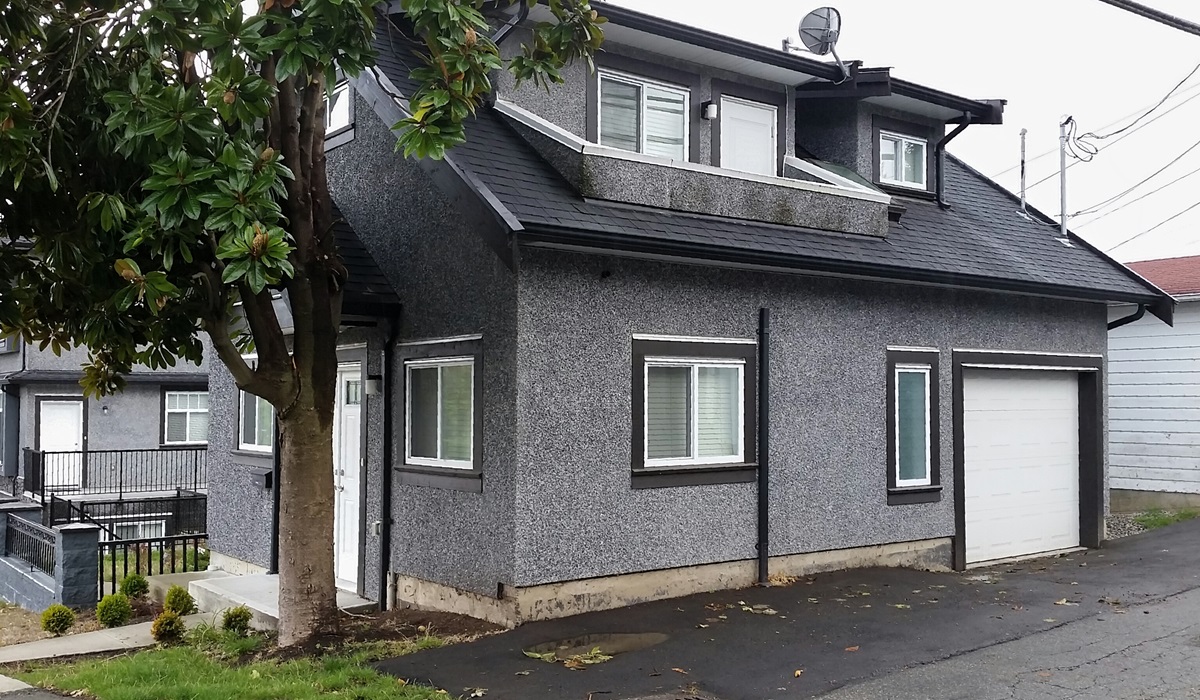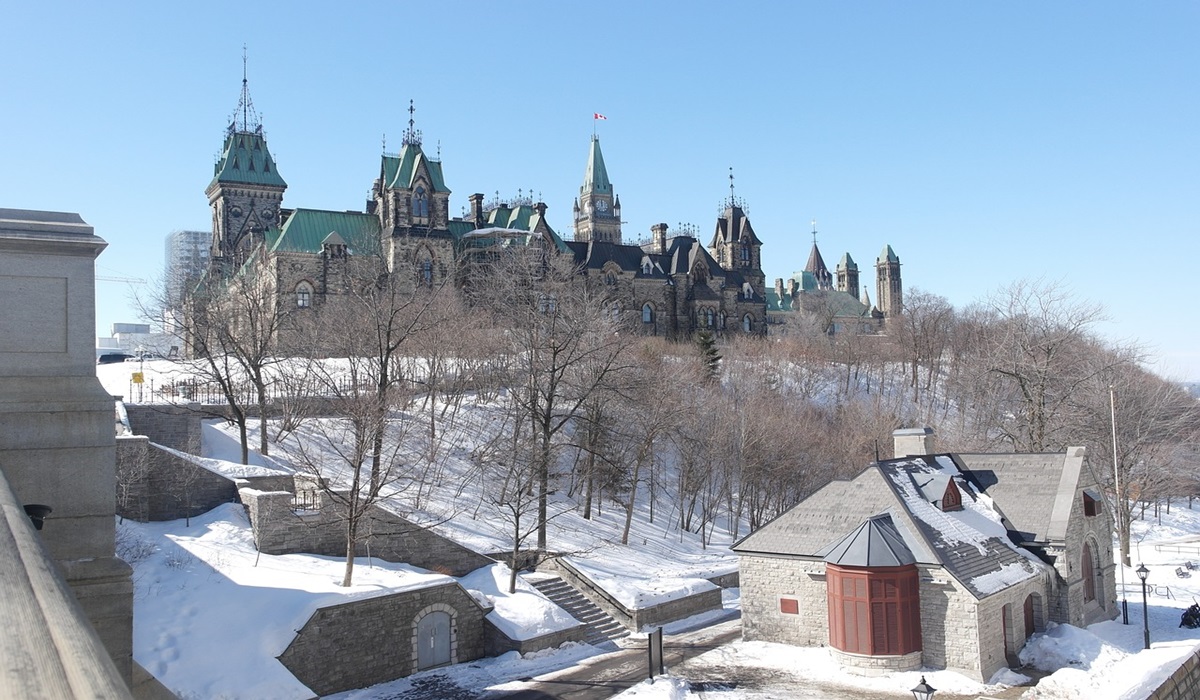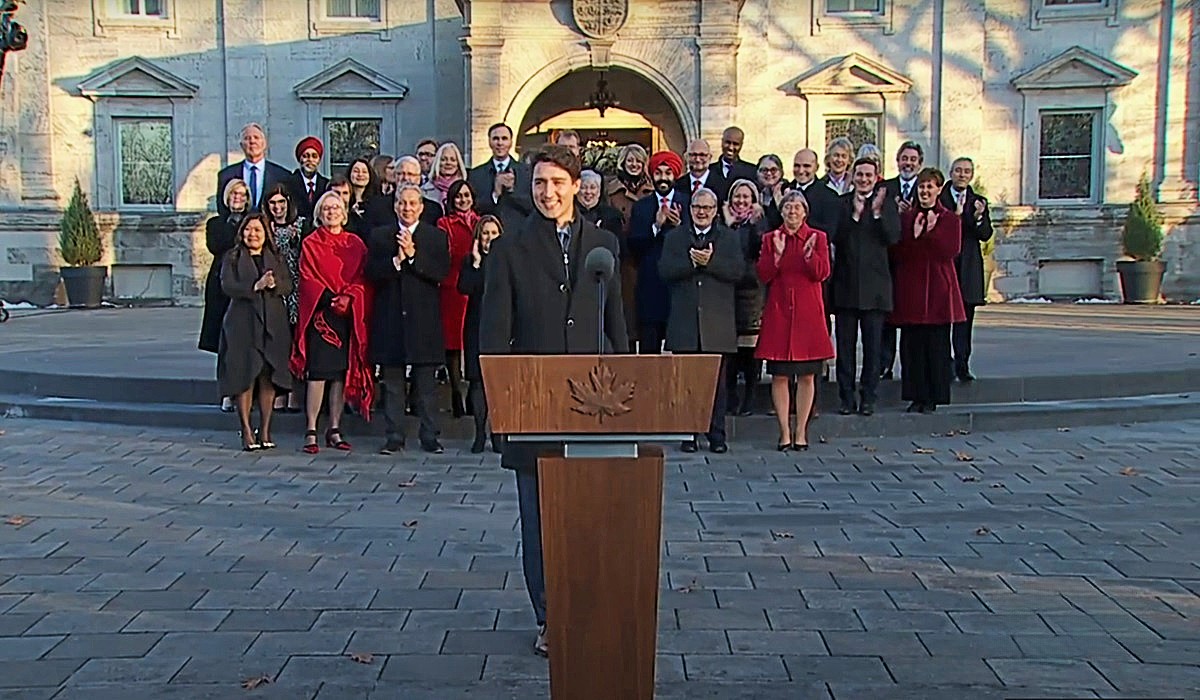Image Credit, Mike
Laneway houses have rapidly become a focal point in Canada’s attempt to address the housing crisis, particularly in cities like Edmonton, Toronto, and Vancouver. While they are often hailed as an innovative solution to urban density, their proliferation is stirring not just interest, but also considerable concern. What was originally envisioned as small, self-contained units built on the same lot as a larger residence, often replacing garages or occupying space along back lanes
In many cases, what began as a single secondary unit has morphed into multiplex homes, essentially creating small apartment buildings within residential neighbourhoods. This transformation has escalated the debate over whether these structures are genuinely solving the housing problem or merely reshaping communities in ways that may not be sustainable or desirable.
For governments, these homes are an attractive tool. They offer a way to increase housing density without expanding city boundaries, making them a seemingly perfect fit for urban planning strategies focused on maximizing existing space. But the reality on the ground is more complex. As these structures multiply and grow larger, they are starting to overwhelm the very neighbourhoods they were meant to enhance.
Communities that once welcomed the idea of discreet, small-scale units are now grappling with the implications of these larger developments. The shift from single units to multi-unit dwellings brings with it increased traffic, reduced privacy, and strain on local infrastructure. Streets that were designed for a handful of cars are now congested, and the limited parking space has become a contentious issue. Green spaces are shrinking, and the character of these neighbourhoods—once quiet and family-oriented—is changing in ways that many residents find unsettling.
Moreover, the question arises: is this really the best way to increase housing? While these homes do add to the housing stock, they don’t necessarily address the deeper issues at the heart of the housing crisis. The focus on cramming more units into existing neighbourhoods sidesteps larger conversations about affordability, accessibility, and the need for broader, more equitable housing policies. Instead of offering truly affordable options, many of these new units are priced at market rates that remain out of reach for those most in need.
The rapid expansion of these structures also raises concerns about the long-term sustainability of this approach. As more of these multiplex homes pop up, the strain on community resources will only intensify. The infrastructure in many neighbourhoods was never designed to support such density, and without significant investment, the quality of life for all residents—both old and new—could decline.
It might be too late to reverse the trend, but it’s not too late to ask whether this is the right path forward. The rush to embrace these homes as a quick fix for the housing crisis may be overlooking the broader impacts on communities and the actual effectiveness of this approach. Are we simply packing more people into already dense areas without considering the long-term consequences? Is this strategy truly creating the kind of vibrant, sustainable urban environments that cities need, or is it just a stopgap measure that will lead to more problems down the line?
These are the questions that need to be asked as laneway houses continue to rise in prominence. The push for more housing is undeniable, but the way forward requires more than just adding units; it requires thoughtful planning, community engagement, and a focus on building cities that work for everyone, not just for the sake of increasing numbers.









